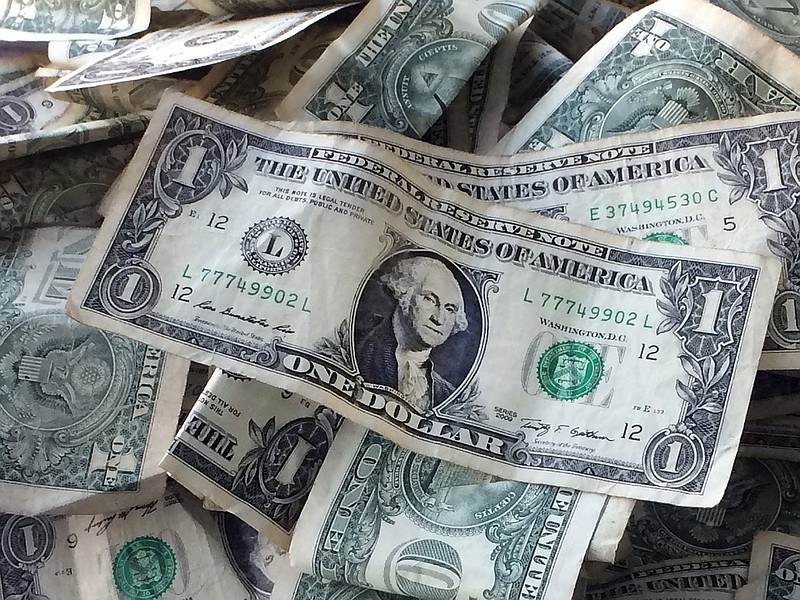Given the enormous federal debt and trillion dollar deficits, one might expect the value of the dollar to decline. Instead, we have seen the opposite. Contrary to predictions of currency experts, the relative value of the U.S. dollar has strengthened recently and displays signs of continued strength. Generally, we pursue dollar strength as a national policy, since it serves as a global standard of exchange and because a more valuable currency translates into lower prices for American businesses and consumers.
So it is interesting to note that Donald Trump is the first President in memory to openly assail the strength in the greenback and to publicly berate the Federal Reserve for not taking action to depress its value. His position reflects a misapprehension of the U.S. trade deficit with China, believing it is somehow "unfair" that we buy more from them than they from us.
He is correct in asserting that a strong dollar promotes imports and slows exports. The common error is in assuming that the trade deficit ($891 billion in 2018) is inherently detrimental. On the contrary, this is the natural result of our relative wealth (richer countries want to buy more stuff, and don't devote resources to production of lower value-added goods). In fact, the trade deficit is in part how we finance our $22.5 trillion national debt.
The current regime of floating exchange rates is a relatively modern development. Near the end of World War II, the value of the U.S. dollar was fixed relative to the price of gold. At the Bretton Woods Conference in 1944, the world's major nations agreed to peg their currencies to the dollar, which in turn was defined as equal to 1/35 ounce of gold. But it soon became painfully apparent that tying a nation's currency to a physical commodity like gold was a recipe for turning recessions into depressions, and in 1971 the fixed exchange system was scrapped in favor of floating rates. Henceforth market forces would determine the appropriate quantity of yen or pesos to exchange for a dollar. We say the dollar is "strong" if it enjoys a relatively high value compared with other currencies. Today, the dollar is nearing its highest relative value since 2002.
Several factors have contributed to the dollar's appreciation. The Federal Reserve belatedly began removing the extraordinary monetary stimulus still in place from the Great Recession (raising interest rates and reducing its purchases of Government bonds). Meanwhile, the European Central Bank pursued the opposite strategy, turning up the volume on their easy money policy. The higher relative rates in the U.S. promote foreign investment here, boosting the global demand for Dollars and driving up the price (the exchange rate).
Meanwhile, the marked weakening in Chinese growth has depressed the value of their currency and contributed to a higher dollar. And it is still true (for now at least) that the greenback remains the global standard and often sees inflows during periods of instability.
The trade war under way has contributed to the dollar's strength by dampening global growth while increasing instability and geopolitical tensions. It is ironic that the very strength in our currency that the president laments is in fact masking some of the damage the policy is inflicting upon U.S. consumers. Tariffs are costing the average family around $500 per year, but the strong dollar has partially softened the blow.
The status of the dollar as a global standard is in jeopardy unless we address the ballooning debt. But for now, a stronger currency is a sign of the relative strength of the U.S. economy and is a welcome development.
Christopher A. Hopkins, CFA, is vice president and portfolio manager for Barnett & Co., in Chattanooga.

